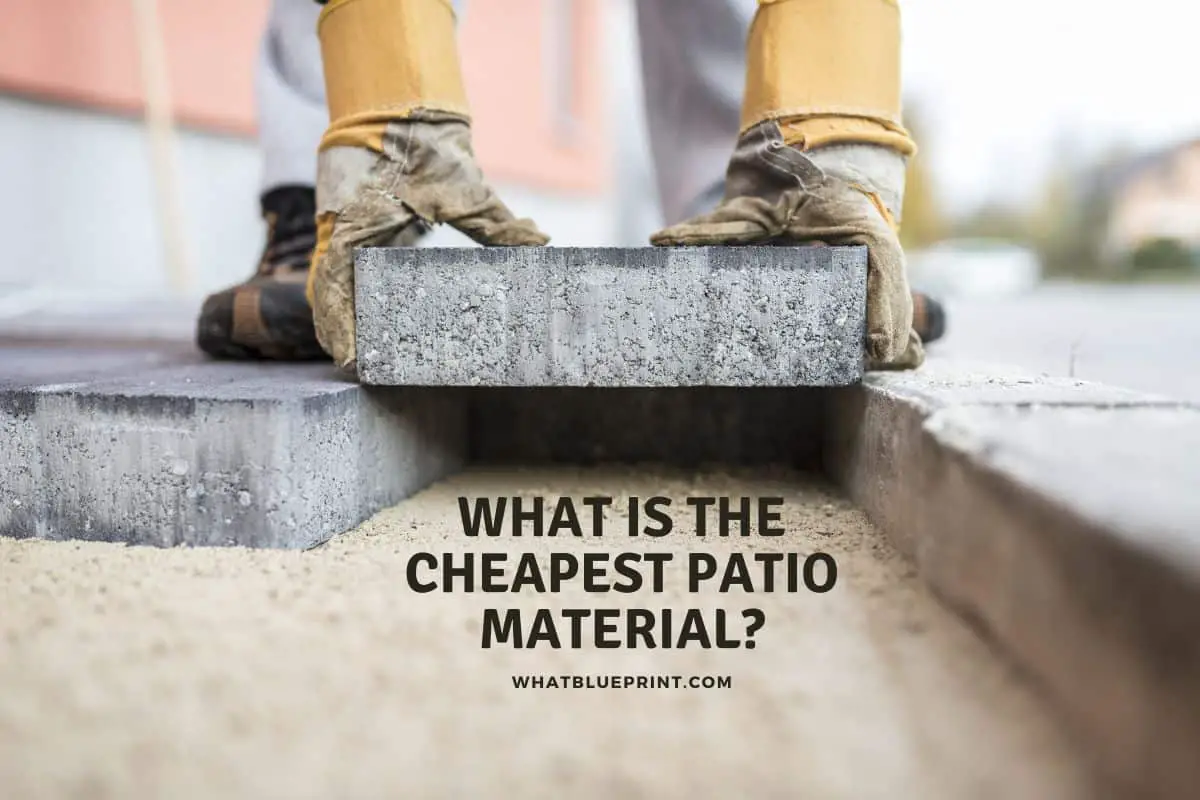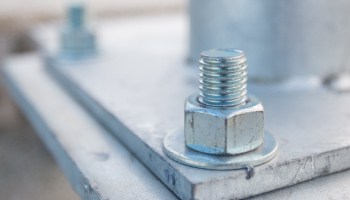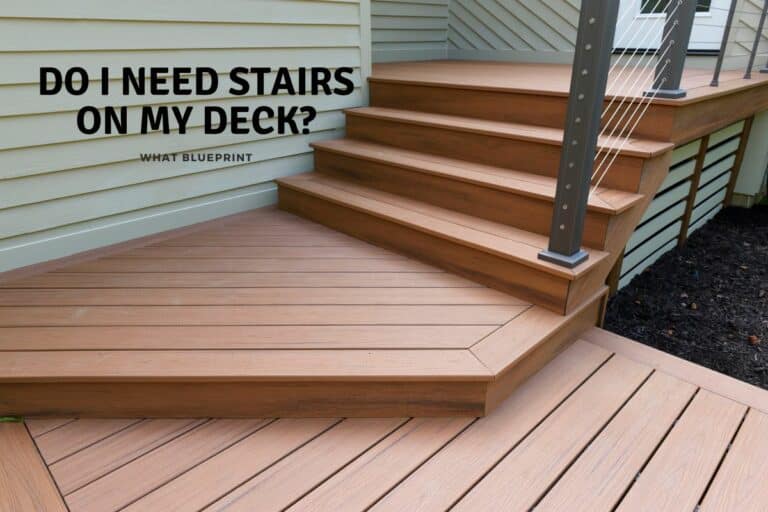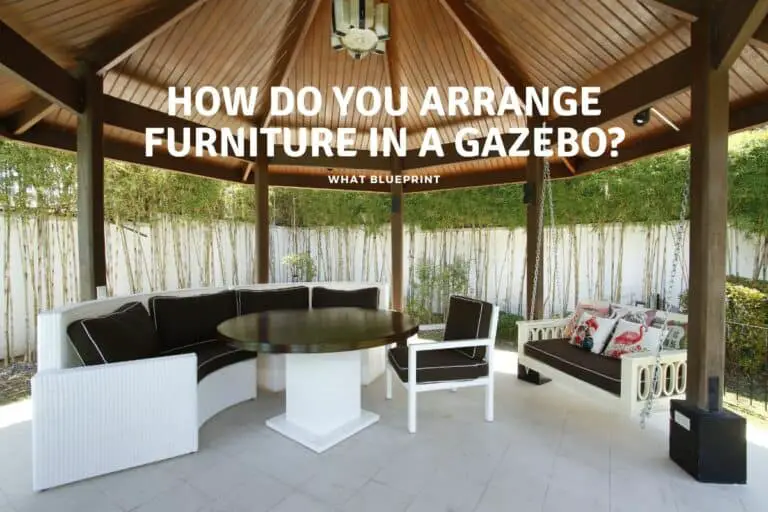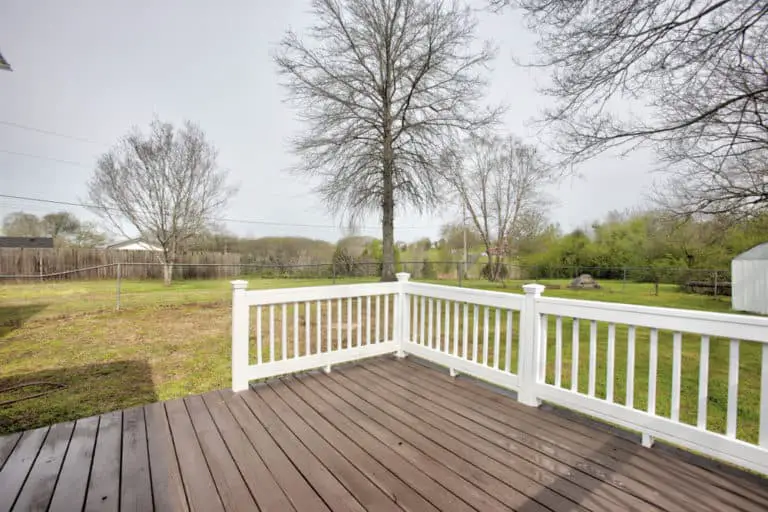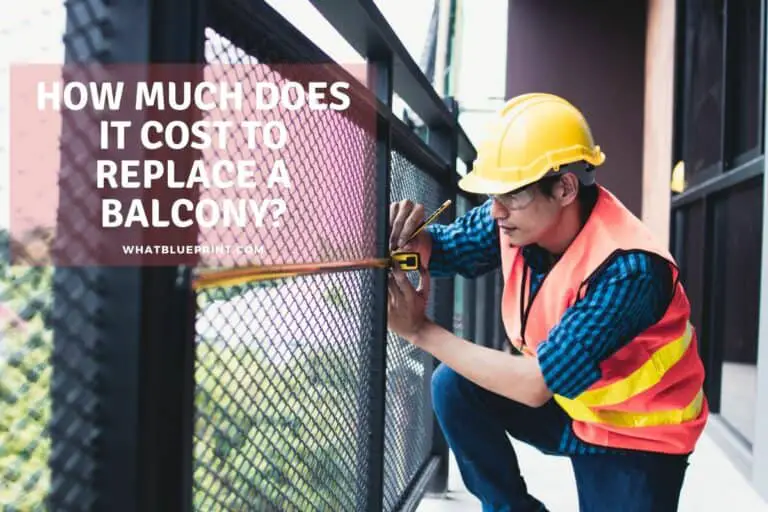What Is The Cheapest Patio Material?
It can be challenging when you want to build a patio but are on a budget. Luckily, you can use many inexpensive materials to create a beautiful outdoor space for you and your family. However, you should consider all the factors influencing your chosen building material. Those factors will determine the cheapest patio for your needs.
The cheapest patio materials include concrete, packed gravel, and concrete paving stones. When working on a budget, the type of material you use depends on a few factors, like the size of the patio you want, the location of your patio, and whether you or professionals will install it.
Contractors build a patio to last and withstand harsh outdoor elements. You can get creative with even the cheapest patio to give you a unique look on a budget. We researched the patio materials that won’t cost you too much and will discuss them in further detail below.
The Cheapest Patio Materials
We all know times are tough and getting more challenging, but that doesn’t mean we can’t have a beautiful outdoor area for cheap. Here are some of the most affordable patio materials that will look great, with the pros and cons of each to help you make an informed decision. Just because you choose the cheapest patio doesn’t mean it has to look it!
Concrete
Concrete has been used as an outdoor building material for decades and has only improved with time. There aren’t many other building materials that can compare with the flexibility and longevity of concrete, a small concrete construction is one of the cheapest patio choices.
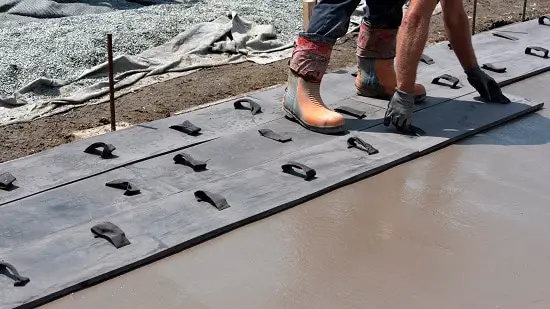
You can pour the concrete, stamp patterns to create any design you want, add pebbles or rocks for a beachy look or paint it. You can expect to pay between $7-$13 per sqft for a concrete patio.
Pros Of Using Concrete To Build A Patio
Here are some advantages of using concrete as a cheap building material.
- Concrete is inexpensive and readily available.
- You can easily install a concrete patio yourself, so you save money on labor costs.
- Concrete is highly durable. Even with regular wear and tear, it typically lasts decades.
- A concrete patio is easy to maintain. You only need to use a mild cleaner and a power washer to clean it and reseal or repaint it every two years if it was painted or sealed.
- It is a very versatile material that you can paint, dye, stain, or tile if you want to change your style.
Cons Of Using Concrete To Build A Patio
Here are a few cons when you are building a patio using concrete,
- Concrete cracks and chips over time, but you can quickly fix them.
- If you pour a large concrete patio, you may need to rent a cement mixer to add to the overall patio cost.
- If you don’t pour it evenly, you will have an uneven floor.
- It can be dangerous when wet, so add some texture or use anti-slip mats to prevent accidents.
Packed Gravel
Many people like the simplicity of installing a packed gravel patio. You can mix and match the different gravel sizes and small stones if you use packed gravel to create a patio. The most challenging part will be to get a neat border.
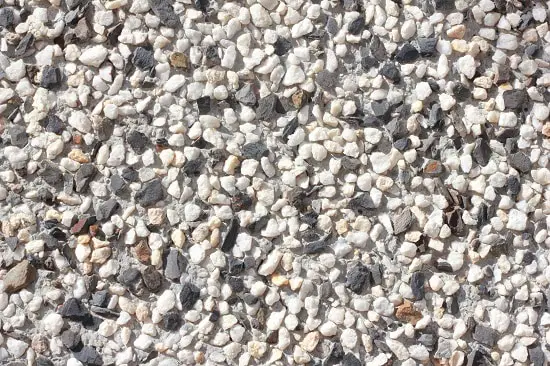
Creating a frame using 4 x 6 treated landscape lumber is easy and you can expect to pay between $10-$60 per cubic yard depending on the gravel you choose. Although it’s not the cheapest patio option it is one of the easiest to maintain.
Pros Of Using Packed Gravel To Build A Patio
Here are some of the pros when you decide to use packed gravel as patio material.
- It is inexpensive and readily available,
- It’s easy to build your own patio. You don’t need to hire professionals. You can create the patio over the weekend with the help of your family or a friend,
- It’s low maintenance and not expensive to fill in any displaced areas,
- You can easily change the landscape because the material is loose. You can add plants or mix other elements like stone steps or larger decorative rocks.
- It works well to drain water, meaning you can build it without an angle like concrete or pavers.
Cons Of Using Packed Gravel To Build A Patio
Here are some cons when using packed gravel as a patio material.
- The maintenance might be low, but you must regularly rake the gravel back in place to cover any ruts or displaced areas.
- You will need to use landscaping fabric before you add the gravel, or you will have a significant weed problem. Even with landscape fabric, weeds might come through the sides.
- Furniture may sink into the gravel, which will cause the weight to be distributed unevenly, and you will have a skewed table and chairs. To fix this, you may need an added wood section.
Concrete Paving Stones
Concrete paving stones are another cheaper patio material that will last for decades. Manufacturers mix and combine sand, gravel, and dry cement that is then vibrated and compressed to form the stones. It is an elegant but sturdy material for a patio when appropriately installed. It is not the cheapest patio option out there though.
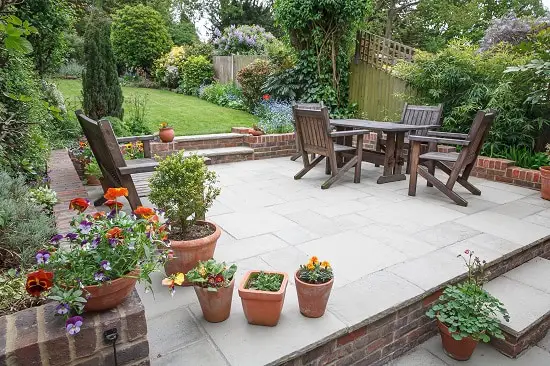
You can expect to pay between $30-$40 per sqft if you use professionals, but if you do it yourself, you will pay around $12-$20 per sqft.
Pros of Using Concrete Paving Stones To Build A Patio
Here are some pros when using paving stones to build your patio.
- You get a variety of shapes and colors when you use paving stones,
- It is stronger and more durable than poured concrete,
- You can easily maintain pavers because you replace individual bricks,
- It has better traction in the rain, making it a no-slip surface.
The Cons Of Using Concrete Paving Stones To Build A Patio
Here are some cons of building a patio with concrete paving stones.
- You must prepare the substructure properly by leveling it and compacting the soil. You may need to hire a compactor, and that will cost extra.
- If you are not an avid DIYer, you may need to hire professionals to build your patio with concrete pavers.
- Weeds can grow in the cracks even if you use landscape fabric,
- Tree root systems can lift the pavers, and you will need to have the tree removed, or you may need to move your patio.
- You must keep extra concrete pavers to replace any broken ones.
What To Consider Before Buying Patio Material
When you are looking for the best and cheapest patio material, there are a few things you need to consider before deciding on the patio material you will use. If you are looking for the absolute cheapest patio option it would be wise to think about repair and maintenance as problems later on down the line can add significantly to the costs.
What Will The Patio Be Used For?
You must decide what you want to use the patio for because it will affect the size, the budget, and even the material you choose. For example, if you’re going to use it to relax after work or on the weekends, it doesn’t have to be that big, and you can use any material you like.
However, if you use the patio to entertain guests, you need a larger area to add a BBQ, a table and chairs, and maybe an entertainment system. If this is the case, you need to use a sturdy material like poured concrete or paving stones.
The Size Of Your Patio
If you are sure what you want to use your patio for, your next step will be to decide on a size for the patio. You need to find a size that can accommodate your budget and what works well for its purpose. The more you want to do with your patio, the bigger it needs to be and the more it will cost.
The Law And Building Codes
All counties must follow building codes to ensure you don’t accidentally open up a utility line or water pipe. Depending on your county, you may even need to move the location of your patio. To find out more, you can go to your local authorities, who will give you the building codes you need to follow when building a patio.
The other side of the coin represents the HOA. If you are part of any HOA, you may need to check if you are allowed to build a patio. If you are, find out if you can install it and where it needs to be installed on the property so you don’t violate HOA or local county building codes.
The Location
Where in your yard you want to build the patio is vital because it will affect the size and material you use. For example, if you build your patio close to the home, you should avoid gravel as it will transfer to your home and have small rocks everywhere.
If you want to build it next to a swimming pool, you may need to use poured cement to keep any rocks or loose stones out of the pool. However, if you do have a swimming pool you are likely not looking for the cheapest patio options.
Who Will Build It?
Not everyone is good at tackling DIY projects, and hiring professionals to install the patio will cost more. If you are good at DIY, you must ensure the patio has a solid and firm base, or it will cost more in the long run. Some patios must be installed by professionals (It may also be a requirement of some HOAs). The cheapest patio will be made by yourself, but as we mentioned above if you are not sure of what you are doing and make mistakes it can add to costs in repairs later on.
So you may be unable to save on the patio and build it yourself. That’s why you must consider all the factors before you start building.
Conclusion
When looking for cheap building materials for your patio, look at poured concrete, gravel, or paving stones. They can last decades and are easy to maintain when appropriately installed.
You need to consider where you want to build your patio, the size and if you’re going to do it yourself, as it will affect your budget. So it’s best to have all the information before you start to build and as we said at the beginning if you go for the cheapest patio available there is plenty you can do to make it look anything but.

